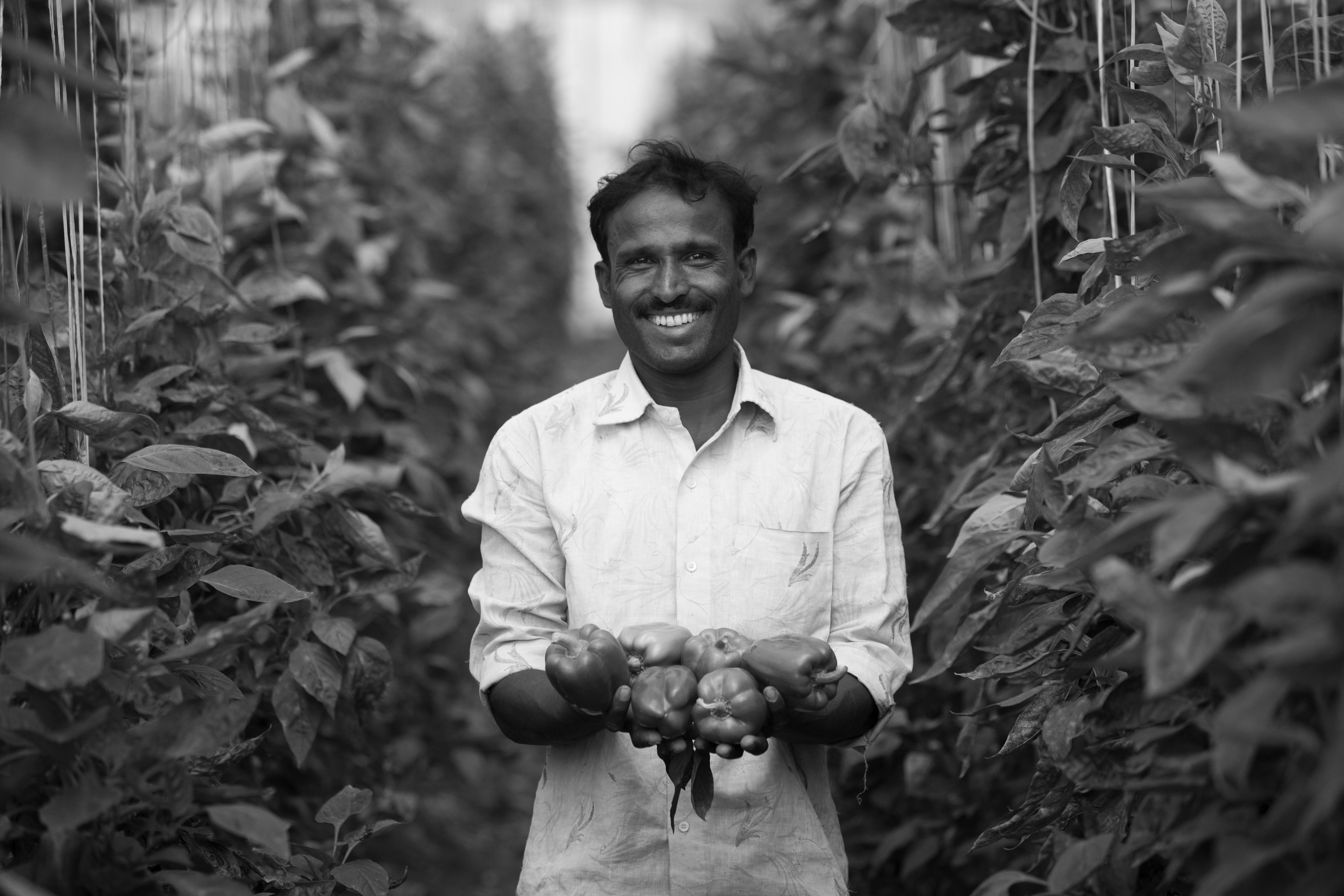INDEPENDENT FARMERS IN INDIA often hold small parcels, and every decision about when to plant, fertilize, and harvest can make or break their narrow profit margins. Farmers here are particularly dependent on the timing of the rainy season to ensure a good yield.
To help local farmers leverage valuable climate data, Microsoft partnered with ICRISAT, an Indian nonprofit devoted to using scientific research to improve food security. Compiling 30 years of climate information, Microsoft developed an app that used artificial intelligence to monitor current conditions in light of the historical data. The AI crunched the numbers and made predictions about the best time to sow seeds based on the weather; then the app sent text messages to farmers advising when to plant.
The pilot program began in the 2016 planting season and was highly successful. Farmers in Andhra Pradesh and Karnataka would traditionally sow groundnuts in early June to take advantage of the monsoons, but the app advised waiting until the end of the month based on the weather. This allowed crops to survive a dry spell in August—a problem that hurt farmers who didn’t have access to this information. ICRISAT noted that farmers who used the app experienced a 30% increase in yields.
“The AI crunched the numbers and made predictions about the best time to sow seeds.”
Microsoft is continuing their work by adding AI to predict pest attacks to help farmers protect their crops. They are also assisting local governments to predict market prices so farmers and agencies can better plan their budgets. Eventually, the AI could analyze and make useful suggestions based around every factor that affects farmers and their harvests, from precipitation to pollination.











